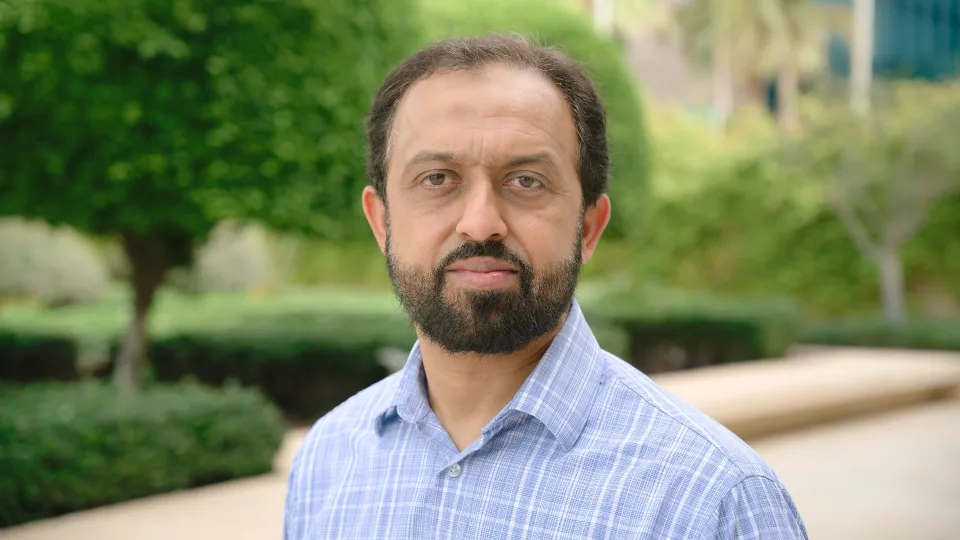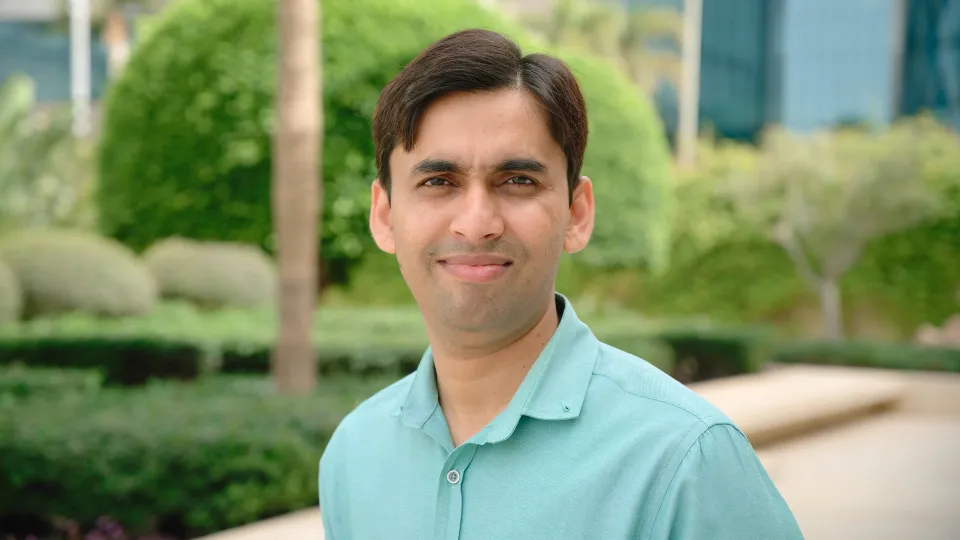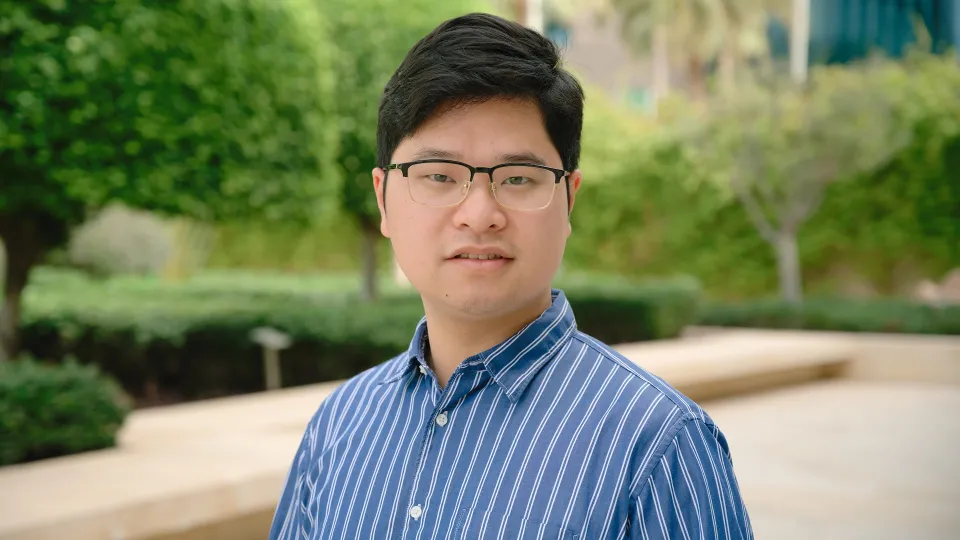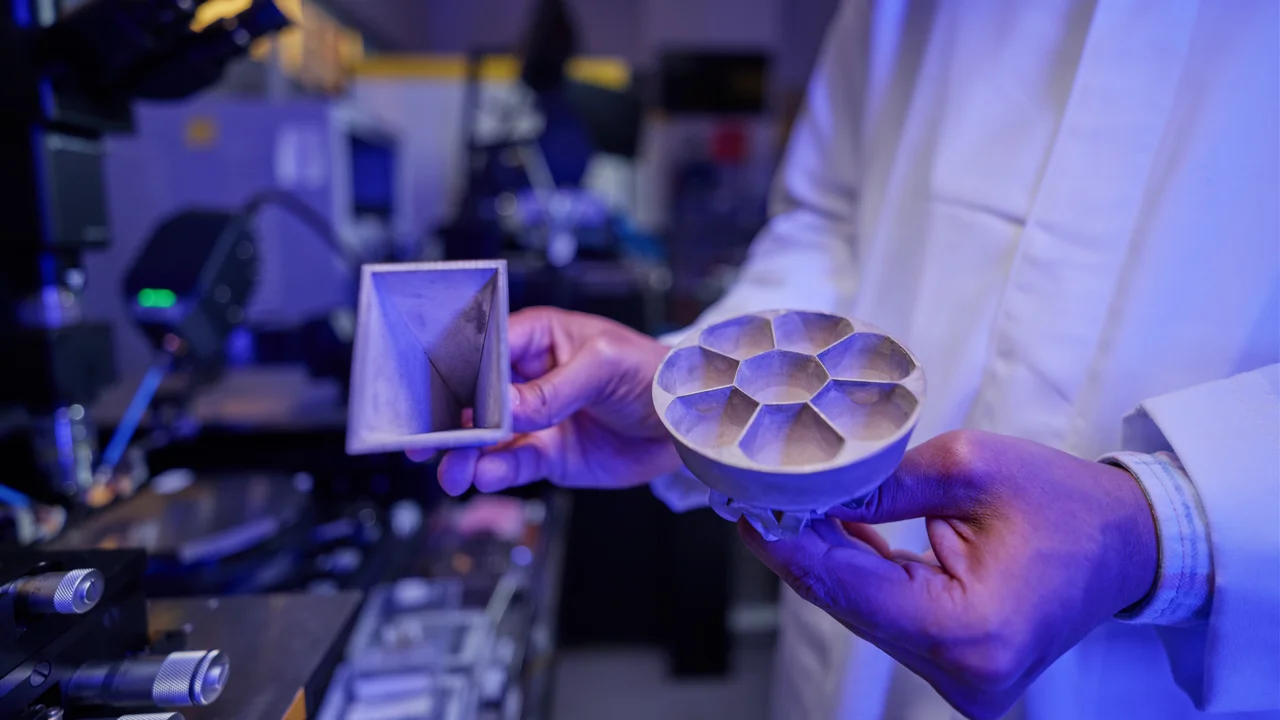
Innovative silver-ink formulation from KAUST IMPACT Lab wins Best Technical Paper Award at IEEE IMAS 2025
KAUST IMPACT Lab wins Best Technical Paper at IEEE-IMAS 2025 for sustainable, material-efficient 3D printing using custom silver ink.
About
The KAUST Integrated Microwaves Packaging Antennas and Circuits Technology (IMPACT) Lab has won the Best Technical Paper Award at the IEEE International Microwave and Antenna Symposium (IMAS 2025).
IEEE-IMAS is a flagship conference that gathers global experts in microwave, antenna, and electromagnetic technologies. The 2025 event, held in Nairobi, Kenya, from October 20 to 23, explored emerging trends and real-world applications in wireless communications, radar, and sensing systems.
The KAUST team’s winning paper, titled "Additive Manufacturing of RF Components with Stereolithography (SLA) and Silver Ink: A Material-Efficient Approach," presents a sustainable, low-cost method for fabricating radio-frequency (RF) components using additive manufacturing.
First-authored by Dr. Mohammad Vaseem and co-authored by Ph.D. student Hanguang Liao and Professor Atif Shamim, the paper introduces a 3D-printing technique that employs a custom silver-based ink, reducing the silver content consumption by approximately 95% compared with traditional metallization processes. Operating at low temperatures (60–80°C), the process is both energy-efficient and cost-effective while maintaining high electrical performance.
The new ink achieves conductivity comparable to that of commercial metal components. The KAUST researchers successfully tested it on waveguides, antennas and planar circuits, demonstrating reliable, high-quality results across a wide range of RF and microwave devices.
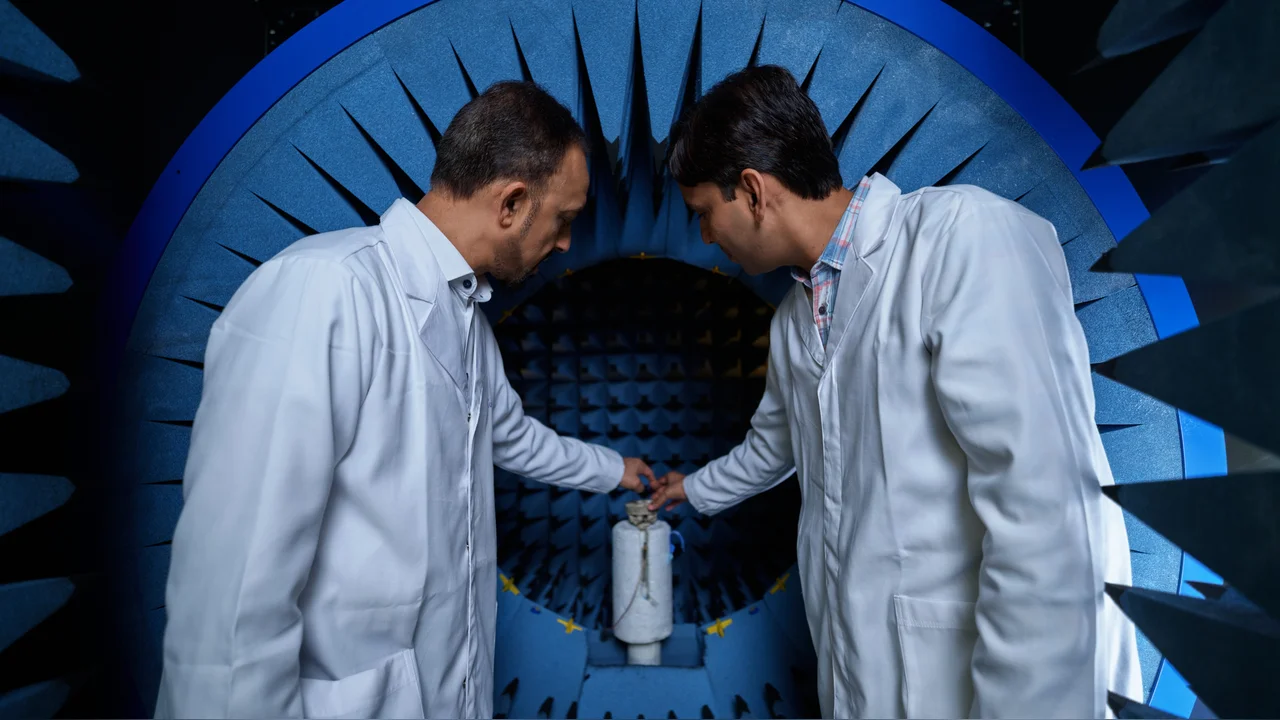
“This process transforms metallization into a truly additive and surface-specific step, minimizing silver waste and energy use while ensuring top-tier RF performance,” Vaseem said.
“The IMAS recognition highlights our efforts to make additive manufacturing greener and more efficient. Many RF and microwave systems—especially those used in aerospace, satellite, defense, automotive, and Internet of Things (IoT) applications—require components that are lightweight, compact, and cost-effective without compromising performance,” he added.
“For the IMPACT Lab, this award reflects our broader vision of translating fundamental research into practical, scalable technologies that align with KAUST’s and Saudi Arabia’s goals in sustainability and technological leadership,” Shamim said.
A collaborative success
The project’s success stemmed from the IMPACT Lab’s rich collaborative environment, where materials scientists and RF engineers worked together to convert a chemistry-driven idea into a practical additive manufacturing solution. Vaseem led the custom silver ink formulation, Liao oversaw fabrication and RF testing, and Shamim provided conceptual direction and system-level integration, ensuring alignment with KAUST’s vision for sustainable and advanced manufacturing.
From an engineering perspective, the work demonstrates the digital, scalable, and energy-efficient fabrication of high-frequency components using 3D printing and smart materials. The custom silver ink is compatible with multiple additive processes, including wetting-heating, inkjet printing, and spraying, allowing flexible adaptation across manufacturing platforms.
“In short, this research advances KAUST’s mission by merging sustainability, innovation, and advanced manufacturing,” Liao said. “It transforms traditional RF fabrication into a greener, smarter, and digitally driven process with broad impact across communications, sensing, and energy technologies.”
The future of RF manufacturing
Additive manufacturing, also known as 3D printing, is transforming the design and production of RF components. It enables complex geometries, lightweight structures, and rapid prototyping—freeing engineers from the limits of traditional machining.
“Our approach, combining SLA 3D printing with conductive, material-efficient metallization, shows how future RF design will shift toward fully digital fabrication workflows. Designers can directly translate simulations into functional, customized devices with minimal material waste,” Liao explained.
“The compatibility of additive manufacturing with multi-material printing and embedded electronics will facilitate the creation of integrated RF systems—including antennas, filters, and sensors—seamlessly built into single printed structures. This approach will reduce cost and environmental impact while enabling rapid, on-demand production of high-frequency components for aerospace, IoT, biomedical, and wireless applications,” Vaseem said.
Real-world impact
The team’s research has significant implications for sustainable and efficient electronics manufacturing. By dramatically reducing metal waste and enabling low-temperature, low-cost metallization, the process makes RF component production more environmentally friendly and economically viable. It also supports on-demand fabrication of customized microwave and millimeter-wave devices without the need for a costly cleanroom or CNC facilities.
Such scalability and efficiency make it ideal for aerospace, 5G/6G communications, IoT, and defense applications while supporting local manufacturing capabilities within Saudi Arabia and beyond.
“Our next step is to translate this research into fully functional prototypes ready for real-world use. We aim to develop and test 3D-printed, metallized waveguides, filters, couplers, antennas, and RF circuits using automated versions of our process, moving from lab-scale demonstrations to near-industrial readiness,” Shamim concluded.
